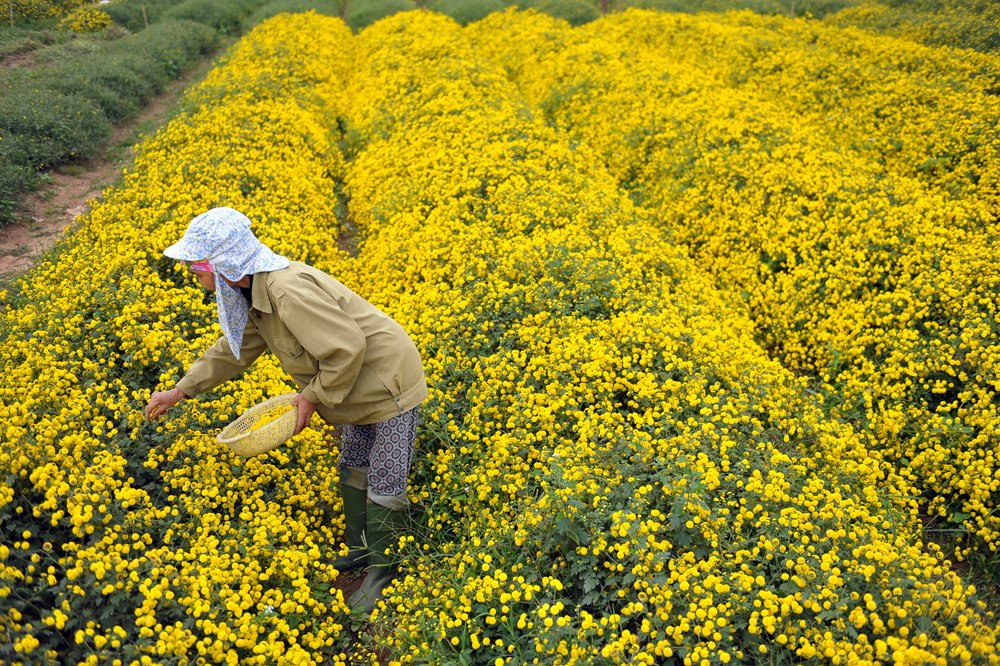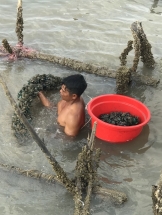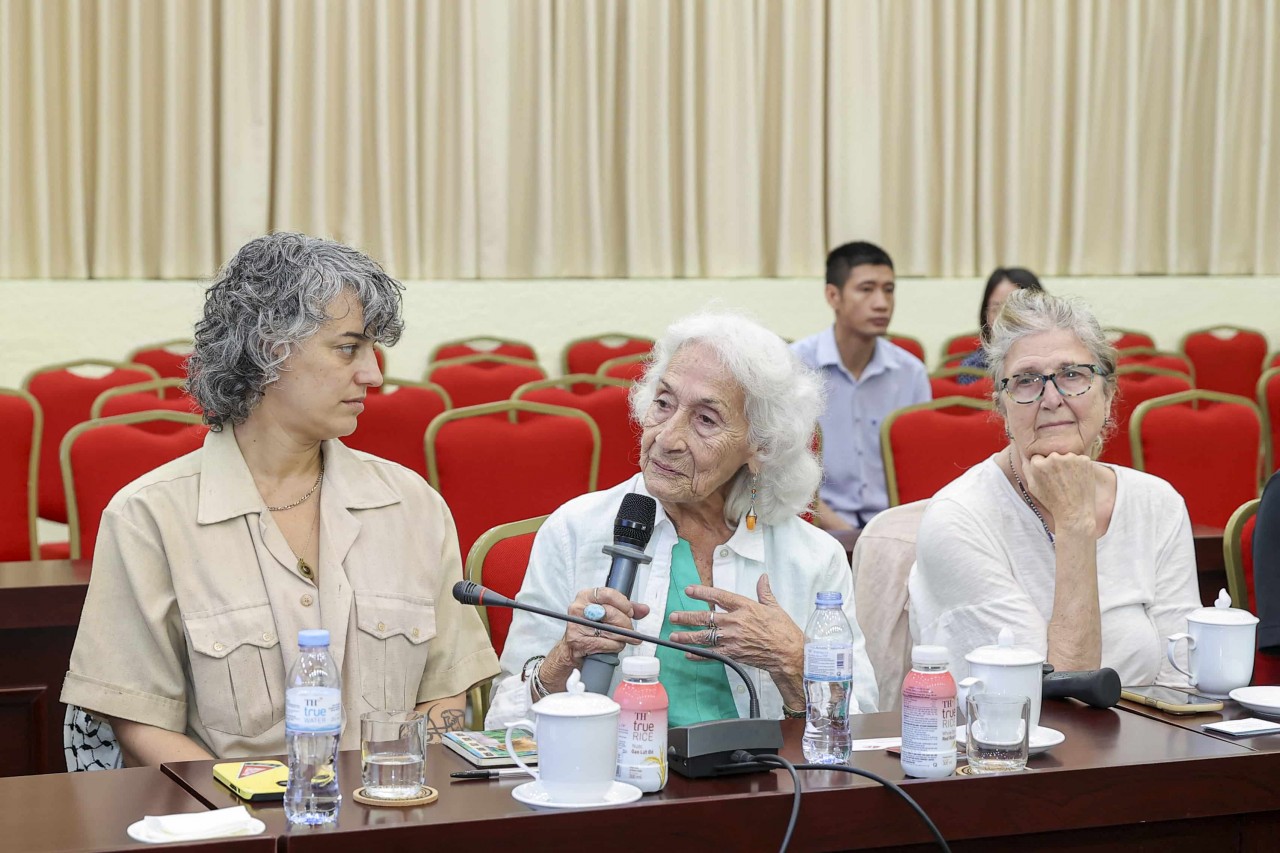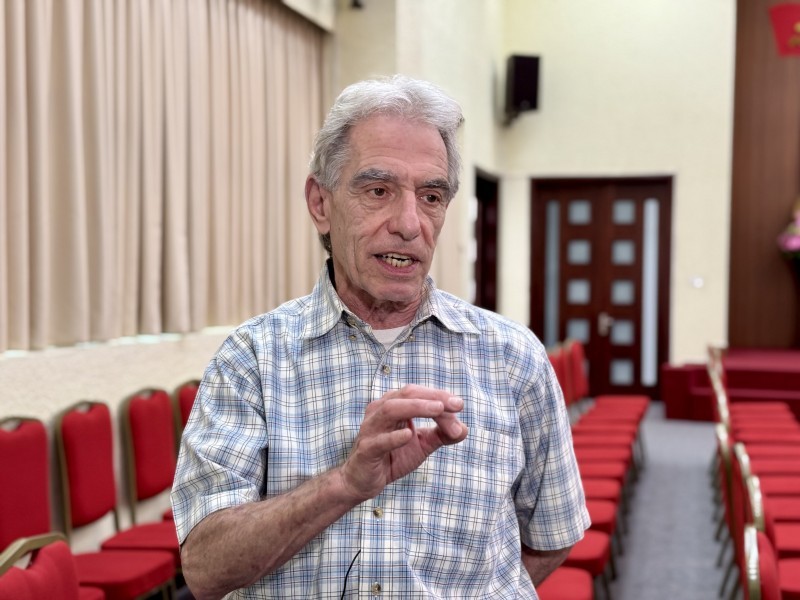New crop to benefit ethnic minority woman and keep families together
| In photos: Blooming daisy season dyes yellow the crops in Hung Yen | |
| Flushed contact lenses are big source of microplastic pollution | |
| To cope with climate change, farmers switch crops |
Having stable income to enjoy life with family
A light rain falls early on a cool spring morning. The field of ramie (a type of nettle with fibrous stems) in Dong Ve Village seems fresher from the moisture.
Luong Thi Dan, 33, from the Xa Pho ethnic minority group, works her land with a keen eye, clearing away wild grass from the roots of the ramie and sometimes picking little worms off the leaves.
She loses herself in what has been a daily task for the last two years, OVietnam reported.
Nearby, her husband, Vu Van Toan, 40, works a hoe on a bare plot of land. He will soon seed new ramie in the ground. The couple chat with their children from time to time.
Incredibly, just two years prior they spent almost the whole year working elsewhere, sometimes apart from each other, while their children stayed with their grandparents.
“We barely made ends meet here, so we had to find work wherever we could and send money home for my parents to raise our children,” said Dan.
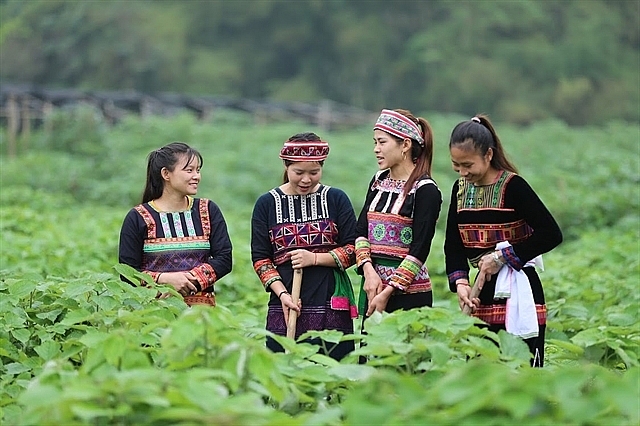 |
| Local women can earn stable incomes from growing ramie. VNS Photo Nguyễn Nam |
At the end of 2018, many women in Dong Ve Village, Chieng Ken Commune, in Van Ban District, northern Lao Cai province, began talking about how planting ramie was easy and brought in a good income, and the couple decided to stay home and see if it was indeed possible.
“The income from planting ramie is four or five times higher than from planting rice, corn, or cassava,” Dan said. “We earned about VNĐ40 million (US$1724) for each hectare last year. That meant we could stay at home and spend more time taking care of our children and my parents, who are getting old and frail.”
She was even able to repair her dilapidated house and buy some new furniture and things like a fridge, a TV, and a motorbike.
“I feel content now with my work and life,” she said. “At last, we can earn a stable income in our homeland and enjoy life with our children and families.”
A project benefits hundreds of women from ethnic minority
According to Vietnam News, Dan is one of hundreds of women from ethnic minority groups to benefit from a project entitled Developing the Value Chain for Ramie by Women in Van Ban District, carried out in ten communes between 2018 and 2021 by the local women’s union, the An Phuoc Textile Company, and the GREAT (Gender Responsive Equitable Agriculture and Tourism) Program supported by the Australian Government.
According to Tran Van Lien, chairman of the local Gia Lan Agriculture, Forestry, and Environmental Services Cooperative, ramie is quite easy to invest in compared to other crops.
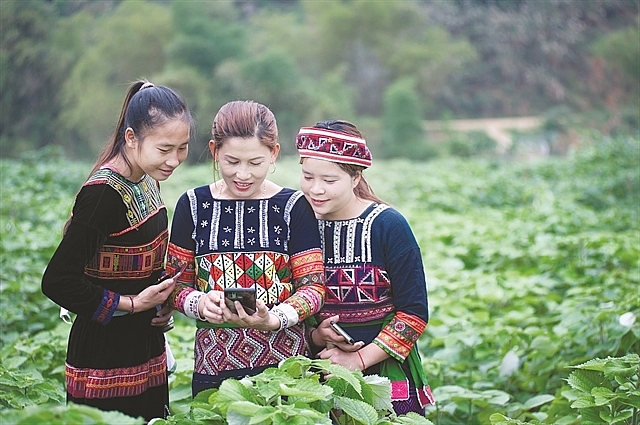 |
| Growing ramie really is quite simple. VNS Photo Vũ Châu Ngọc |
“You need only invest in the seedlings and fertiliser initially, which cost about VNĐ25 million (US$1084) per ha, care for the crop for three months, and then harvest it every 45-60 days for a period of ten years,” he said. “It then needs to be replanted. So, each year there are five or six harvests, with earnings reaching VNĐ100 million (US$4338) per ha per year.”
He was among the first in the district to try and grow the plant. Upon seeing the results, he joined with staff from the local women’s union to knock on every door to persuade people to plant ramie.
“It was difficult at first, as people had been disappointed many times before after being persuaded to switch crops,” he said. “Projects introducing crops like tomato and turmeric all failed, as there were no links between farmers and wholesalers. People became wary of new projects, and only believed me when I told them I had done it myself and earned a lot more money.”
From a handful of households in the village making the change, there are now 30 households involved. The cooperative buys seeds from An Phước, nurtures the seedlings, then sells them to farmers. When they harvest, they sell the ramie stems to the collective, who then send it on to the company for further processing.
The total growing area in the district now stands at some 50 ha belonging to 171 households, including 332 women, most of whom are from the Tay, Dao, Hmong, and Xa Pho ethnic minority groups.
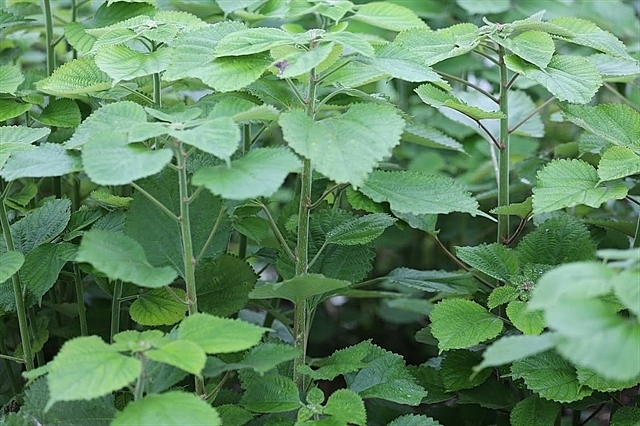 |
| Ramie can be harvested a mere 3 months after being planted. VNS Photo Nguyễn Nam |
 |
| Growing ramie creates many jobs for local women. VNS Photo Nguyễn Nam |
Dan said she and her husband were trained by specialists from Hanoi, together with other farming families.
“We, the ramie planting team in the village, were given watering equipment and processing machines to lessen the workload,” she said.
The farmers have no concerns about their crop, as the company has committed to buy all of their harvest for the next ten years.
“We sell the stems to the company for weaving fabric, while the leaves can be used to make bánh gai (dumplings), or as cattle feed or for planting mushrooms, and the roots can be sold to make herbal medicine,” she said.
Nguyen Thi Quyen, who works at the women’s union, said they very much appreciated GREAT’s support.
“We have joined hands with other agencies to implement similar projects to improve incomes for local people, but GREAT is the first partner to provide skills training to farmers and to combine gender training to help women become more confident and encourage men to pay more attention to sharing the housework,” she said.
"In other projects, farmers are only given information and little else. It’s rare to receive the training and close support GREAT provides," she added.
Local women now make their opinions heard more often at community meetings.
“Prior to the project getting underway, if both the husband and wife attended a community meeting, only the husband would speak,” Quyen said.
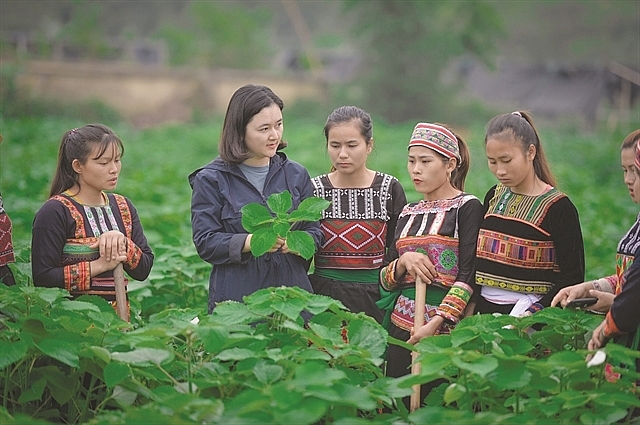 |
| FAMILY-FRIENDLY: Nguyễn Thị Quyên, (second from left), from the local women's union, often visits women working in the ramie fields to stay abreast of the crop situation. VNS Photo Vũ Châu Ngọc |
The local weather and soil conditions were a factor in growing ramie, as specialists from An Phước confirmed that productivity and quality would be higher here than in other areas around the country and even in China, where the seedlings originated.
“We are already seeing substantial growth but it really needs to be taken to the next level,” said Phil Harman, Team Leader of the GREAT Program, “The sector needs additional investment, especially in seedling production, and further support in logistics and training.”
The fibre from the ramie stems is much sought after by textile companies around the world, particularly because of its strength, which makes it suitable for products like parachutes.
Ramie (Boehmeria nivea), also known as ‘La Gai’ in Vietnamese, is a hardy perennial belonging to the Urticaceae or Nettle family. The true ramie has large heart shaped leaves covered on the underside with white hairs that give it a silvery appearance. Ramie is used as a food colouring (chiefly to make black rice cakes), a food flavouring, and a textile, as reported by The Fruit Forest.
Ramie fabric is resistant to bacteria, mildew, alkalis, rotting, light, and insect attack. It is extremely absorbent and therefore comfortable to wear, especially during warm weather. It has natural stain resisting ability with ease of stain/soil removal similar to that of linen (and this is better than cotton). It is not harmed by mild acids. Dyes fairly easily. It has good wet-fastness in laundering – though dark colors may lose their vibrancy over repeated launderings.
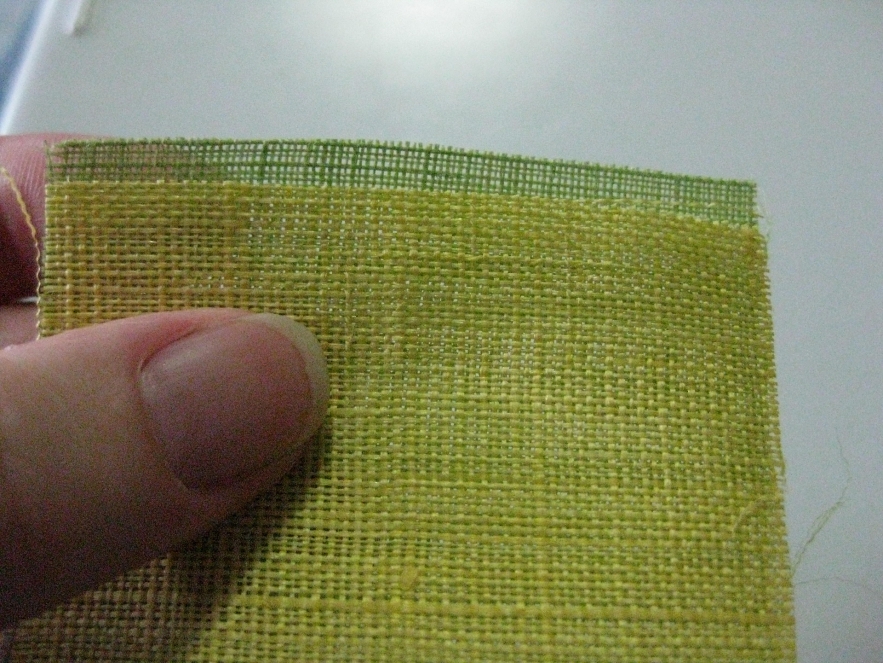 |
| Photo: The Fruit Forest |
Tran Thi Viet, Deputy Secretary of the Van Ban District Party Committee, said that after two years of implementing the GREAT project, the lives of local women had been greatly improved.
“Earning a stable income gives them the opportunity to better take care of themselves and their families, teach their children, and no longer be forced to leave home and seek work elsewhere,” she said.
The women’s union expects to expand the ramie planting area to 500 ha, providing stable incomes to 3,550 women from ethnic minority groups.
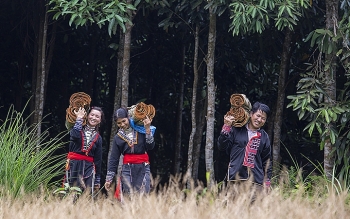 | Supporting two northern mountainous provinces restore agricultural production after COVID-19 On March 31 and April 2, SNV Netherlands Development Organization in collaboration with the Department of Agriculture and Rural Development of Lao Cai province and ... |
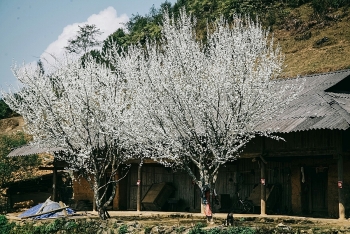 | Lao Cai turns gorgeous in white plum blossoms Ta Van Chu village - the so-called miniature Sa Pa of Lao Cai - is all covered in white gown as thousands of tiny plum ... |
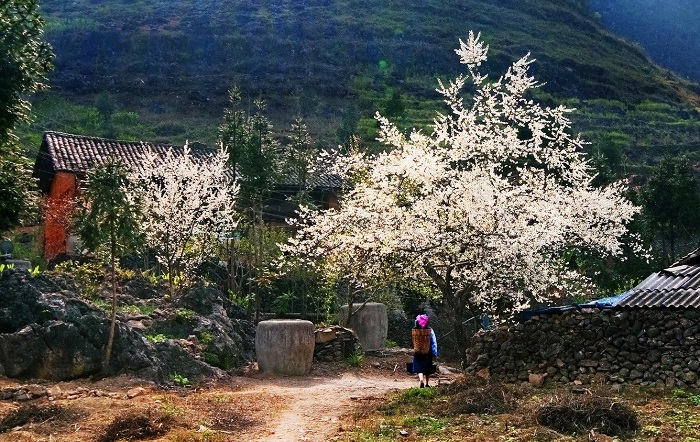 | Picturesque mountainous towns in Northwestern Vietnam Besides imposing mountains, towns in Northwestern Vietnam such as Meo Vac, Dong Van, Bac Ha, Sapa, and Moc Chau also embellish beauty of the region. |
Recommended
 Focus
Focus
Vietnam Leaves Imprints on the World Peacekeeping Map
 Viet's Home
Viet's Home
“Global Vietnamese Singing 2025” - Connecting Hearts Longing for Homeland
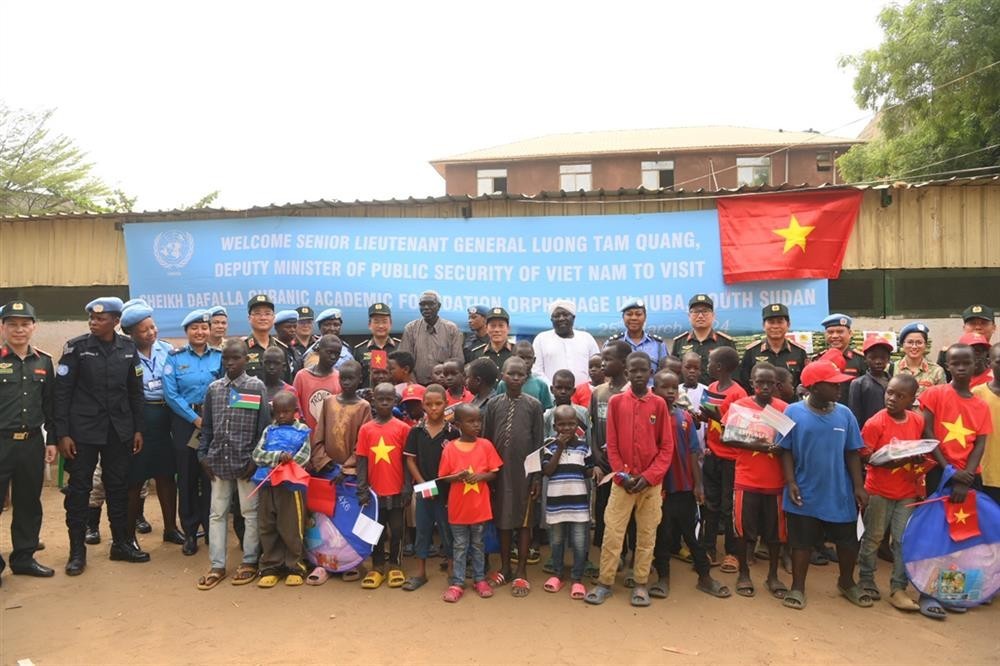 Viet's Home
Viet's Home
Vietnam’s People's Public Security Force Actively Contributes to UN Peacekeeping Operations
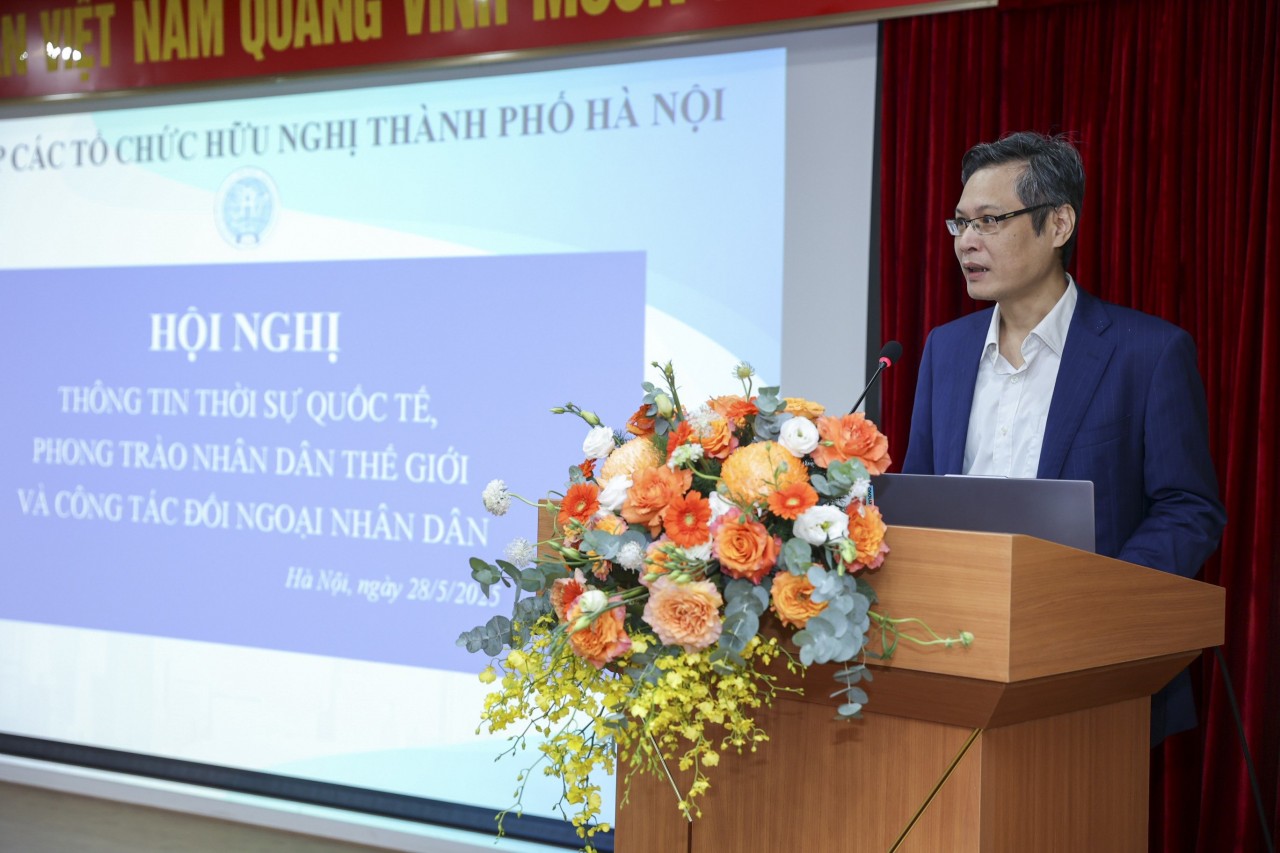 Viet's Home
Viet's Home
HAUFO Enhances Competence of People-to-People Diplomacy Personnel
Popular article
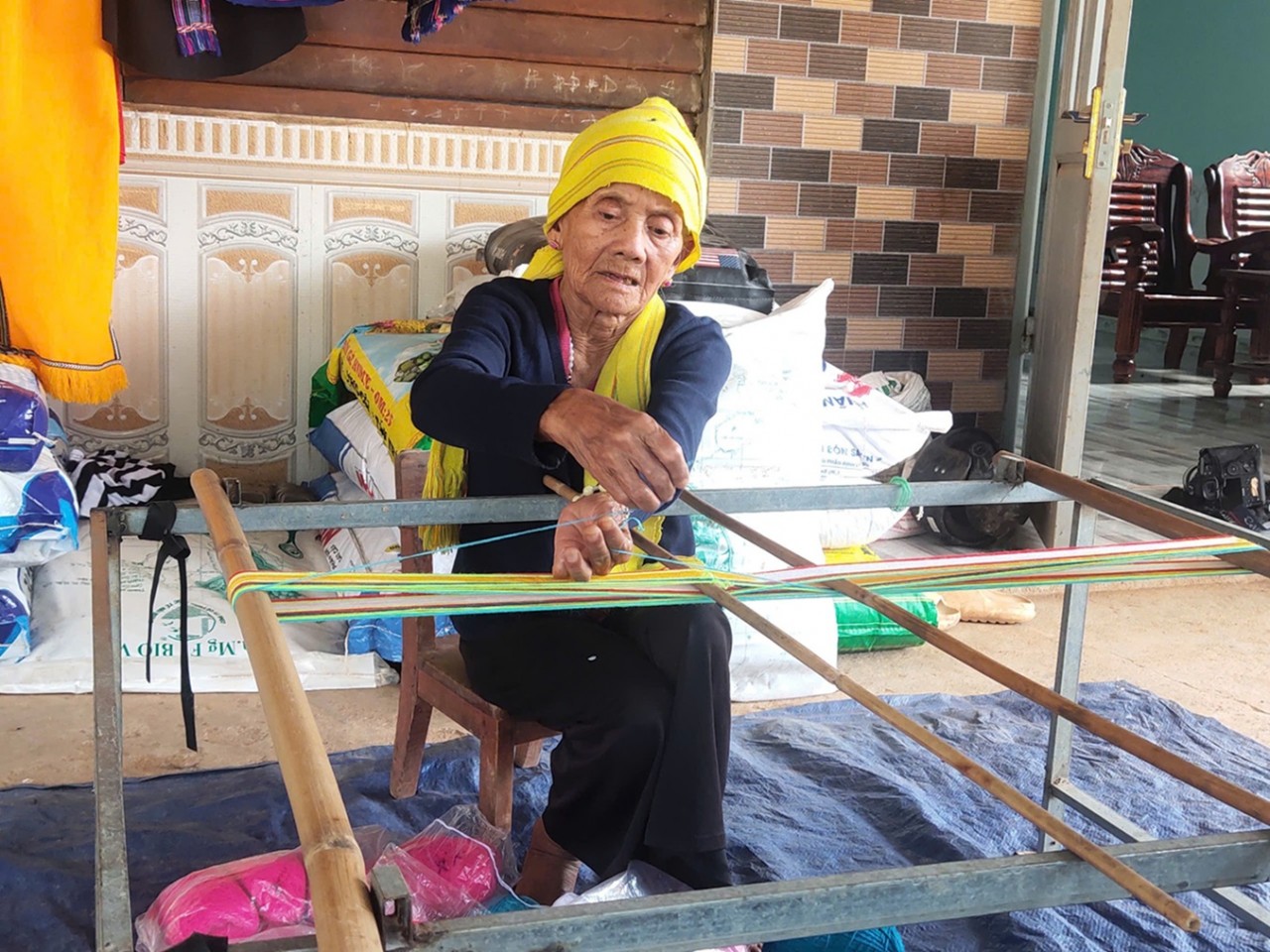 Viet's Home
Viet's Home
Hands that Reserve Da Long Brocade Craft
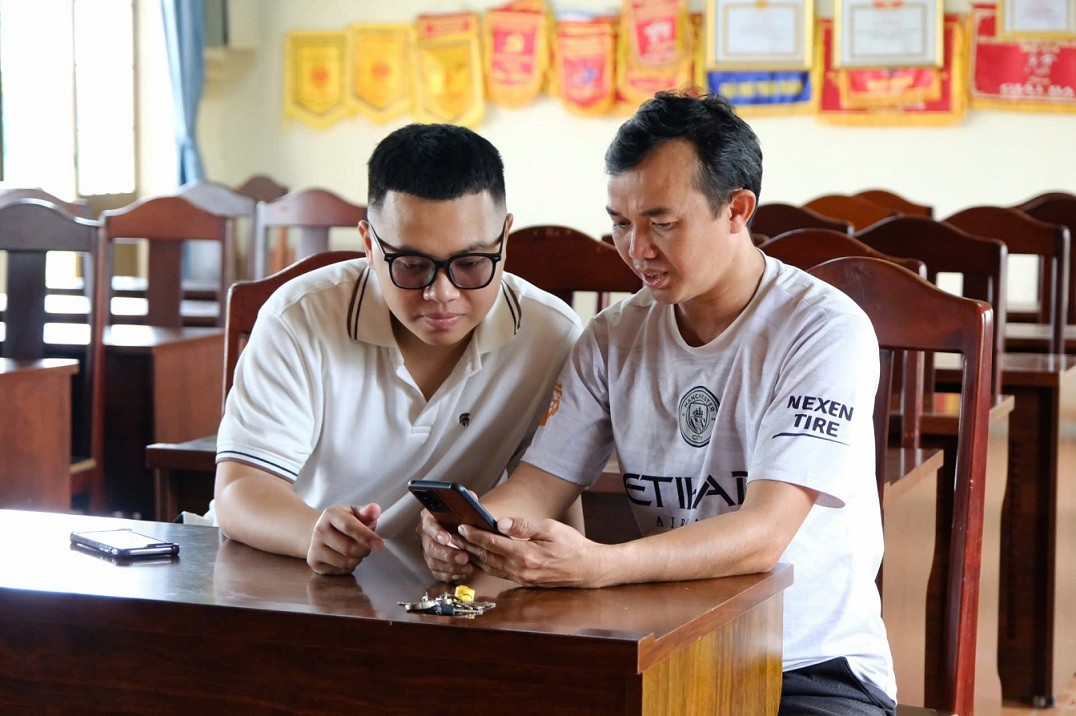 Viet's Home
Viet's Home
Da Rsal – How Digital Transformation Reshape a Poor Commune
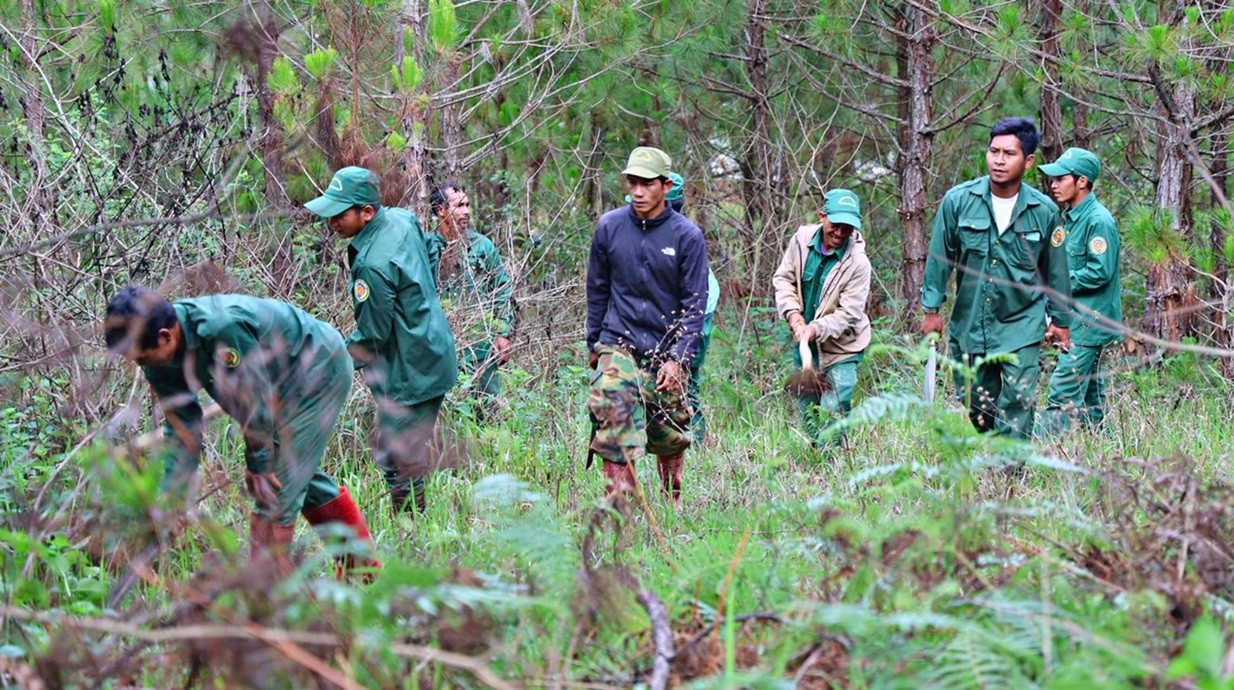 Viet's Home
Viet's Home
Vietnam Classified as “Low Risk” Under the EU Anti-Deforestation Regulation
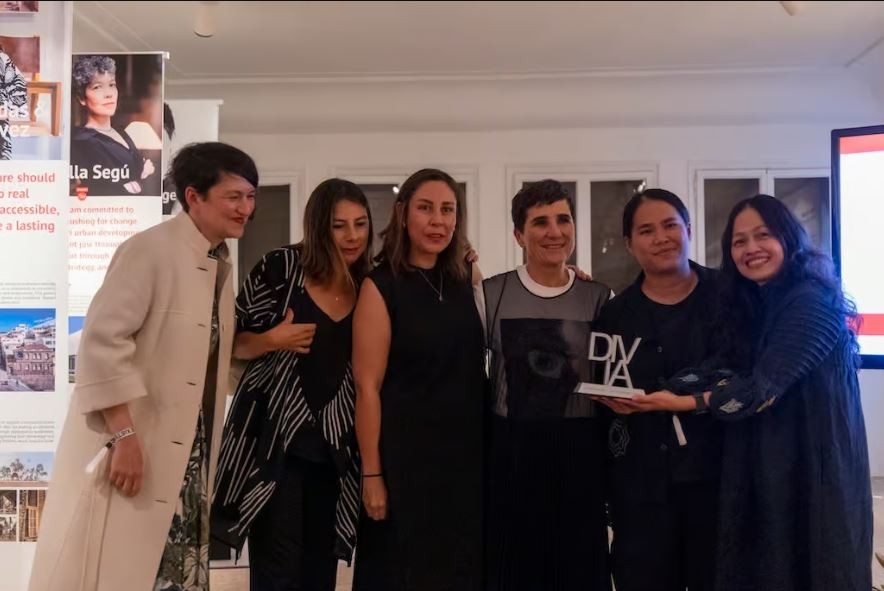 Viet's Home
Viet's Home

